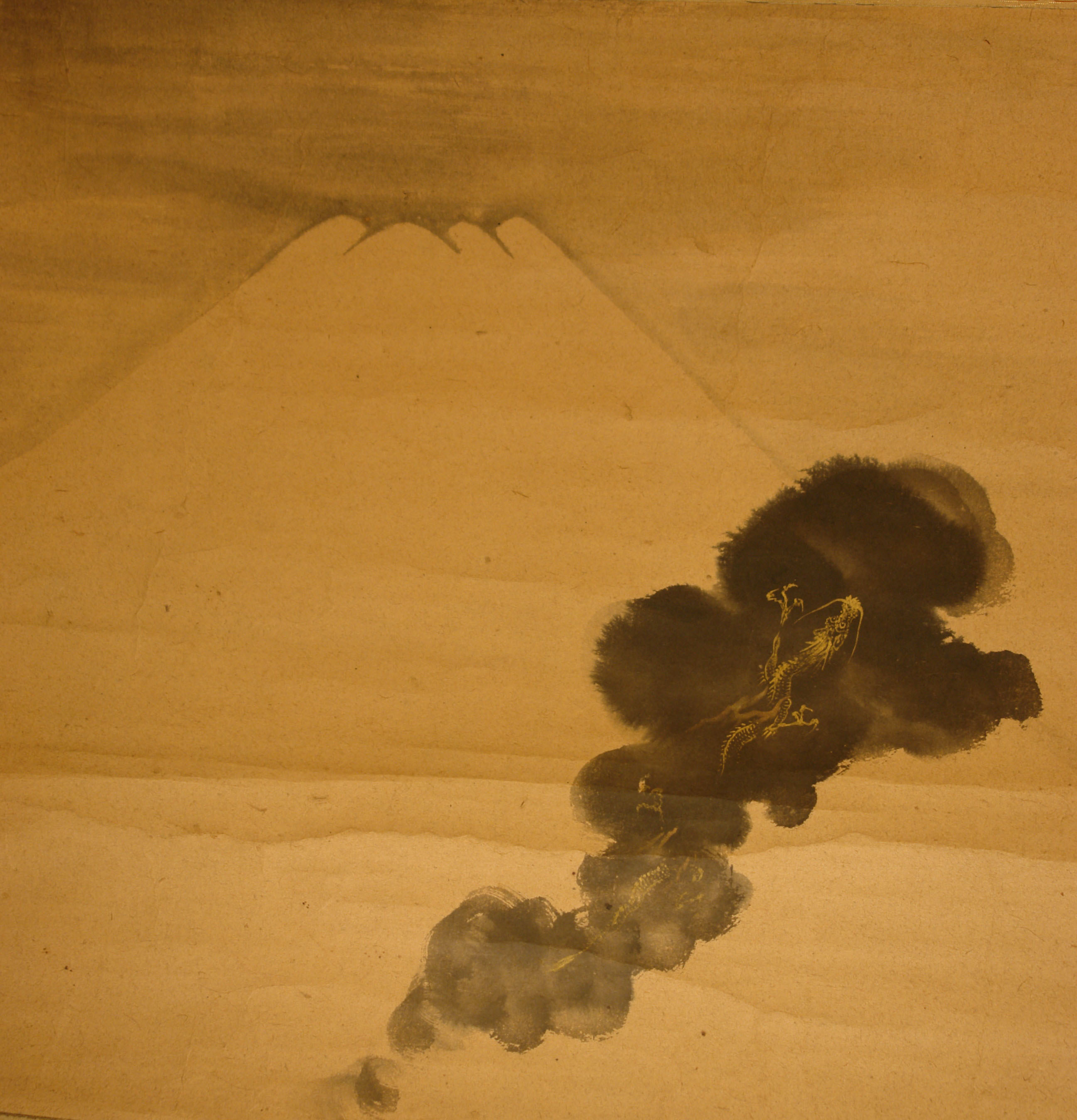
The 1938 Hobbit Project: September 26, 2009
Principal Investigators: Alayna Giovannitti (Brooke Peirce Center Fellow, 2009) and Julie Steinbacher (Patricelli Foundation Intern, 2009)
Sponsored by the Brooke and Carole Peirce Fund for Undergraduate Research in Special Collections and Archives
Listeners, Readers, Digitizers, and Scholars (not burglars) Wanted!
The Julia Rogers Library's Rare Book Collection contains many first editions, but the most valuable of the recently published first editions, and the most interesting one for Tolkien scholars, is the American first edition of The Hobbit (Boston: Houghton Mifflin, 1938). The book was donated to the library in 1978 by Margaret Dixcy Morriss (Class of 1919). On Saturday, September 26, 2009, we will read from the 1938 Hobbit in the Athenaeum's Forum to help celebrate the building's opening and the 72nd anniversary of the first-edition's publication in England on September 21, 1937. Dancers from Choregraphie Antique will perform. Tolkien made September 22, the day on which the first copies were purchased and read, Bilbo's and Frodo's birthdays, and the American Tolkien Association has designated as "Tolkien Week" the week in which September 22 falls. Why celebrate the 72nd anniversary? Number lore interested Tolkien, and the number "14" (seven times two) figures importantly in The Hobbit, and in Beowulf, one of the novel's inspirations. We invite volunteers to participate as dramatic readers, digital imagers, researchers, and listeners.
Readers: Students, staff and faculty will be invited to sign up to read portions of the book until we have completed all 287 pages. We are most interested in Chapter 5 ("Riddles in the Dark") which Tolkien significantly revised in the 1960s to conform with the account of Bilbo's acquisition of The One Ring which we read in The Lord of the Rings, but our goal is a complete reading from first page to last. CLICK HERE FOR THE READING SCHEDULE! Email Arnie Sanders if you want to reserve a particular passage, or to volunteer to help read when we have openings.
Digital Imagers: The reading will be accompanied by projected digitized images of Tolkien's original illustrations in the 1938 Hobbit (including the dust jacket, an extremely rare survival). Additional images of Anglo-Saxon swords and jewelry will come from drawings found in the research notebooks of John Mitchell Kemble (1807-1857), part of the James Wilson Bright Collection, Japanese scrolls from the collection of Arnie Sanders, and from other books in the library's Rare Books Collection.
Researchers: Because the first edition differs in important ways from all those published after 1947, listeners can read along in their modern copies to see how Tolkien's original version of the story was revised as his work on The Lord of the Rings progressed. Researchers can help them by preparing a checklist to the major changes by comparative reading of the 1938 text beside the revised text. Researchers with an interest in medieval literature also can improve our understanding of Tolkien's art by producing a pamphlet composed of short essays on his use of Anglo-Saxon and Middle English literature and history to create the novel. His twenty-year career as Oxford's Rawlinson Bosworth Professor of Anglo-Saxon gave him the raw material for many of the novel's details, scenes, and characters.
1938 Hobbit Research Topics: Click here to read the text-only version of the Hobbit Project pamphlet containing the findings of the research team.
Anglo-Saxon riddles from Old Norse, Icelandic, Old English, and ModE schoolyard lore (in Chapter Five's riddle game)
Anglo-Saxon sword lore (Ocrist and Glamdring, Thorin's and Gandalf's trove swords in Chapter Three and later)
Anglo-Saxon armor and runes (Bilbo's mithril mail coat; the runes and "moon letters" on Thror's Map)
Beowulf the theft of the golden cup from Smaug's hoard in Chapter XII)
Japanese fairy tales and hanging scrolls (Minamoto no Raiko vs. the giant spider, Tsuchigumo; scroll images of Japanese dragons [Smaug's image in Tolkien's painted illustration, "Oh Smaug, the chiefest and greatest of calamities!"])
Analysis of Chapter Five ("Riddles in the Dark") to locate Tolkien's 1965 revisions in the 1938 edition
In addition, the following topics have been identified as potentially relevant to the 1938 Hobbit's significance to our appreciation of Tolkien's work.
1938 Hobbit Project Working Bibliography: (click the link to see the current file).
Publishing and Revision History:
Published the year after the London edition, this American edition contains a version of the finding of the "One Ring" which differs from all editions printed after 1947.
|
||||||||||||
|
||||||||||||
|
In 1948, Tolkien completed The Lord of the Rings, in which the story of the ring's finding is retold with striking differences from the version in Chapter Five ("Riddles in the Dark"). After issuing the second edition of The Hobbit with the new Chapter Five in 1951, Tolkien revised the entire text entirely in 1965 to prepare for the issue of new editions of both The Hobbit and Lord of the Rings to combat a rival edition published by ACE Books, which claimed Tolkien's copyright had expired. Almost all modern readers of The Hobbit know only the post-revision version of the story. Not until 1992 did the U.S. District Court decide the copyright in favor of Tolkien's estate, the author having died nearly twenty years earlier.